Wikipedia:Wikipedia Signpost/2021-02-28/Gallery
Appearance
Gallery
What is Black history and culture?
What is Black history and culture? The story of an enslaved people who freed themselves. The sounds of poetry, oratory, and music. A long parade of workers, soldiers, artists, musicians, scholars, athletes, judges, and politicians; men and women peacefully marching right into the centers of political power. That is the story I see on Wikimedia Commons, much more than 27 images can illustrate.
-
Slave dance, 1780s
-
Head of a Negro by John Singleton Copley, c, 1777
-
The Rev. Absalom Jones painted by Raphael Peale, 1810
-
Jack, 1850
-
Dred Scott, c.1857
-
The Bone Player by William Sidney Mount, 1857
-
Whipped Peter, c. 1863
-
Gordon, soon after he escaped slavery by entering Union lines, 1863
-
Flag of the 22nd Regiment, United States Colored Troops with the motto Sic Semper Tyrannis, 1865
-
Sojourner Truth, 1870


| External videos | |
|---|---|
| External videos | |
|---|---|

-
African American families watch boats on the Suwannee River c 1950
-
Six year old Ruby Bridges desegregating a school in New Orleans with the protection of US marshals, 1960

| External videos | |
|---|---|
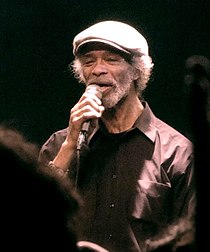 | |
| External audio | |
|---|---|

-
Malcolm X, 1964
-
Thurgood Marshall, 1956, by Betsy Graves Reyneau
-
Jim Brown, 1959
-
Roberto Clemente, 1966
-
Bill Russell guards Wilt Chamberlain, 1969
-
Sergeant Margaret Herrera and First Lady Michelle Obama, 2009

References
- ^ "Special Collections, March on Washington, Parts 1-17". Open Vault. at WGBH. August 28, 1963. Retrieved September 15, 2016.
- ^ "Special Collections, March on Washington, Part 17". Open Vault. at WGBH. August 28, 1963. Retrieved September 15, 2016.









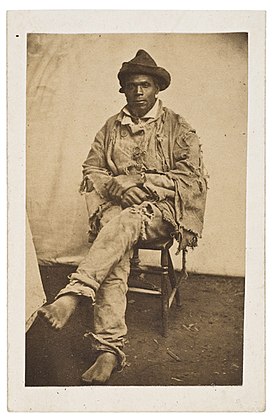


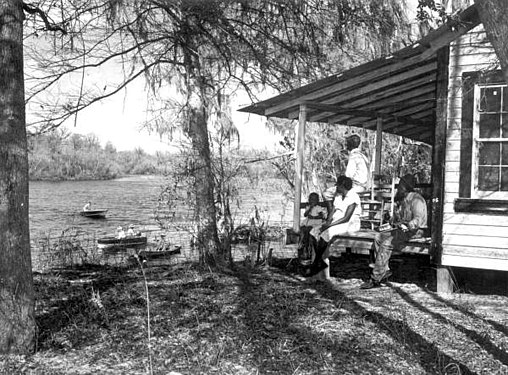

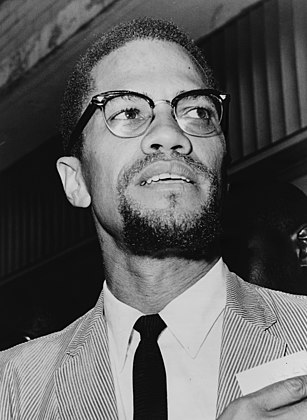



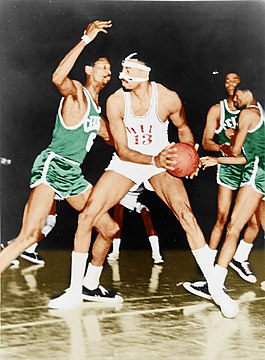



Discuss this story